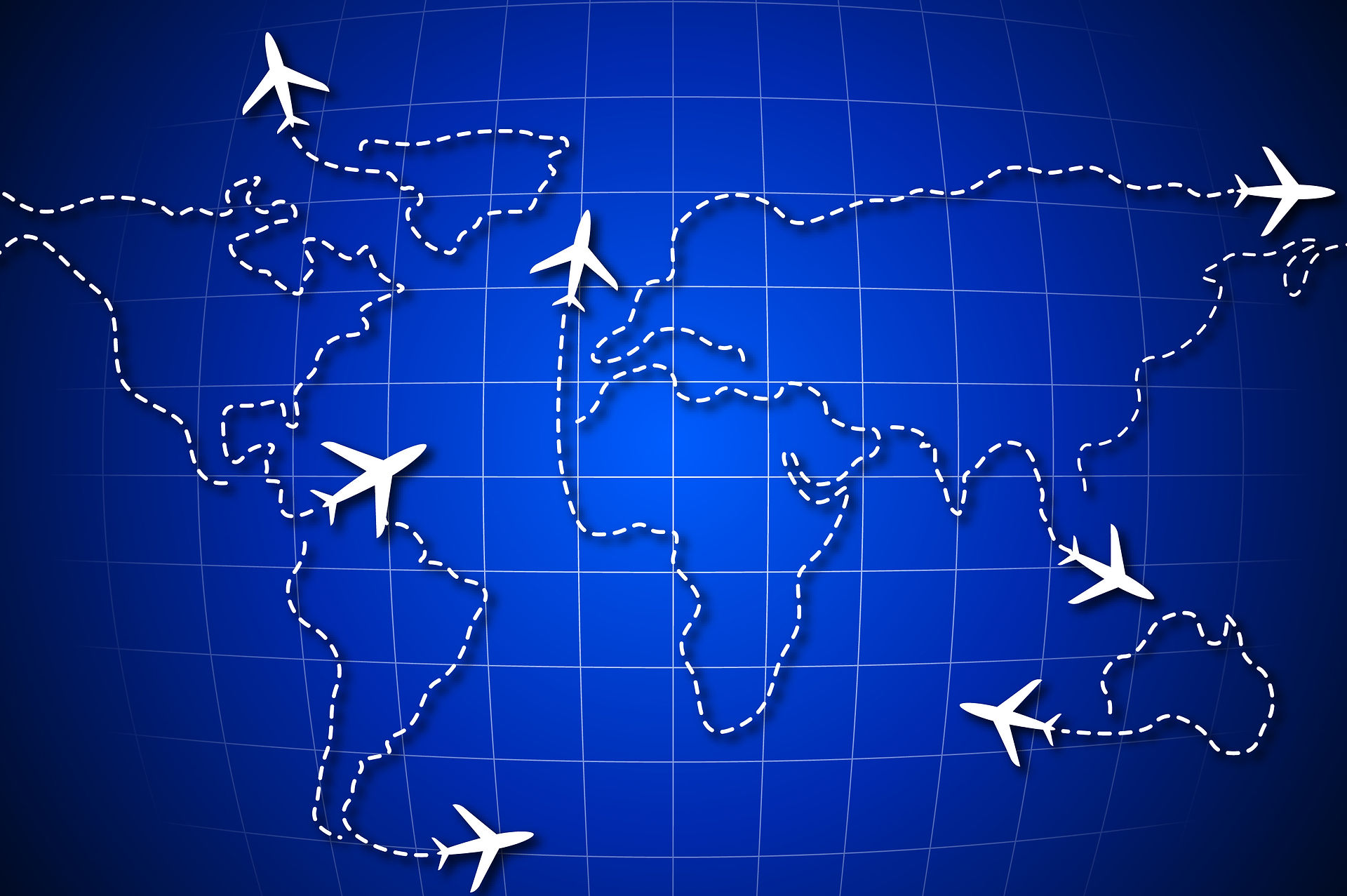
AIESEC UNSRI
OFFICIAL WEBSITE
AIESEC HISTORY
GLOBAL
What began in 1948 as an organisation to help develop "friendly relations" between member countries is now a global association with activities in 89 different countries and territories. The founding members of AIESEC started to build the organization between 1946 - 1948, but a clear identity was defined in 1948 and later in 1949 at the Stockholm Congress.89 students participated in the Exchange Program in 1949 and Exchange was defined as the core activity of the organization.In the coming years more and more countries joined the network and AIESEC became global in a very short period by being present on all the continents.
The number of students and organizations involved in the exchange program grew rapidly and constantly, reaching 2467 exchanges by the end of 1960 and 4232 by the end of 1970.
Seminars were first introduced as part of trainees' reception experiences, in a proposal from AIESEC in Germany in 1961. It was well received by other countries, and a general set of seminar topics to be addressed was proposed and accepted. They were mainly economic in nature, and for the first time AIESEC was addressing specific issues in its activities-stated clearly in a non-political way.
At the 1974 International Congress in Bordeaux, an important motion was passed: the minimum length of an Exchange traineeship had to be 6 weeks. This measure improved the quality of our Exchanges. In 1976 an International Theme Programme was established that focused all international, regional, and local seminars on specific topics. This idea continued and grew through various stages.After this the focus of the organization was on addressing global themes besides the traditional Exchange Program.
Themes like International Trade, Management, Education, Sustainable development, Entrepreneurship and Corporate Responsability were discussed at local, national and global seminars. In the late 90's the discussion about the relevance of the organization brought the Exchange Program on the main agenda and more and more effort was put in ensuring growth in this area. Information systems were developed to make the process faster and easier. Insight I was launched in 1997 and Insight II in 2001. As the focus of the organization was the eXchange program again, the number of exchanges started to grow. Looking for more relevance, nowadays AIESEC is the international platform for young people to discover and develop their potential. Our innovative approach to developing young people focuses on taking a proactive role, developing self-awareness and a personal vision, building networks, and developing capacity to drive change.
We do this through an international platform of opportunities that provides over 5,000 leadership opportunities, 3,500 work abroad opportunities, 350 conferences, and virtual tools to build networks.
INDONESIA
There were four founding fathers of AIESEC in Indonesia, Mr. Abdul Gani, Mr. Patia Mamontang, and 2 others.
The four of them were offered by the Faculty of Economy University of Indonesia to attend an AIESEC Conference which was held at Osaka, Japan. After attending that conference, the four of them were really interested to start AIESEC in Indonesia and because the four of them were students at the Faculty of Economy, the first AIESEC in Indonesia was in the Faculty of Economy University of Indonesia.
After that, the “Malari” incident happened which causes instability of politic which resulted in termination of AIESEC in Indonesia. After 10 years of vacuum, the faculty once again offered Mr. Adi Zakaria and Ms. Ita Budi to attend an AIESEC Conference which was held in The Netherlands that time. After they came back to Indonesia, they decided to start AIESEC in Indonesia once again.
Next, they decided to attend another AIESEC conference in Avignon, France in 1984. But, before they arrived in the France, Mr. Adi and Ms. Ita Budi was given a training about exchange system and other systems in AIESEC as well. After two weeks of training, both of them and members of AIESEC in The Netherlands went to France to attend the conference.
AIESEC Indonesia existence was being recognized for the first time in the international forum.
Ms. Ita Budi was AIESEC in Indonesia’s first President (not only for AIESEC UI but for the whole country). In the development, Ms. Ita Budi was helped by Mr. Eddie J Soebari and Mr. Asoka. The first local Committee is AIESEC Local Committee Universitas Indonesia (1984).
UNSRI
AIESEC UNSRI was established on 2nd Septemeber, 2012. The idea of establishing AIESEC in UNSRI came by 13 UNSRI students in helping one of Universitas Sriwijaya vision which is being International Class University. Here inafter those students called as founders of AIESEC UNSRI, they are :
-
Ririn Salfida (Accounting batch 2010)
-
M. Akbar (Accounting batch 2010)
-
Ardiansyah Medi (Management batch 2009)
-
Elsa Diah Marta (Management batch 2010)
-
Putri Mutiara Indah (English Education batch 2010)
-
Yanggi Pratama (English Education batch 2010)
-
Mutiara Ayu (English Education batch 2009)
-
Dea Shinta Wulandari ( Biology batch 2010)
-
Siti Nurmala Saebani (Computer System batch 2010)
-
Toroi Aritonang (Mechanical Engineering batch 2010)
-
Zahra Annisa Hasanah (Accounting batch 2011)
-
Zainuna Rahayu (Information System batch 2010)
-
Deti Nadya Rahma (Information System batch 2010)

The Meaning of AIESEC's Logo
"Empowering Young People for Peace and Fulfillment of Humankind's Potential"
Meaning : Young people gaining definition as they come out of the blue Mass;
Young people forming themselves as individuals for the future